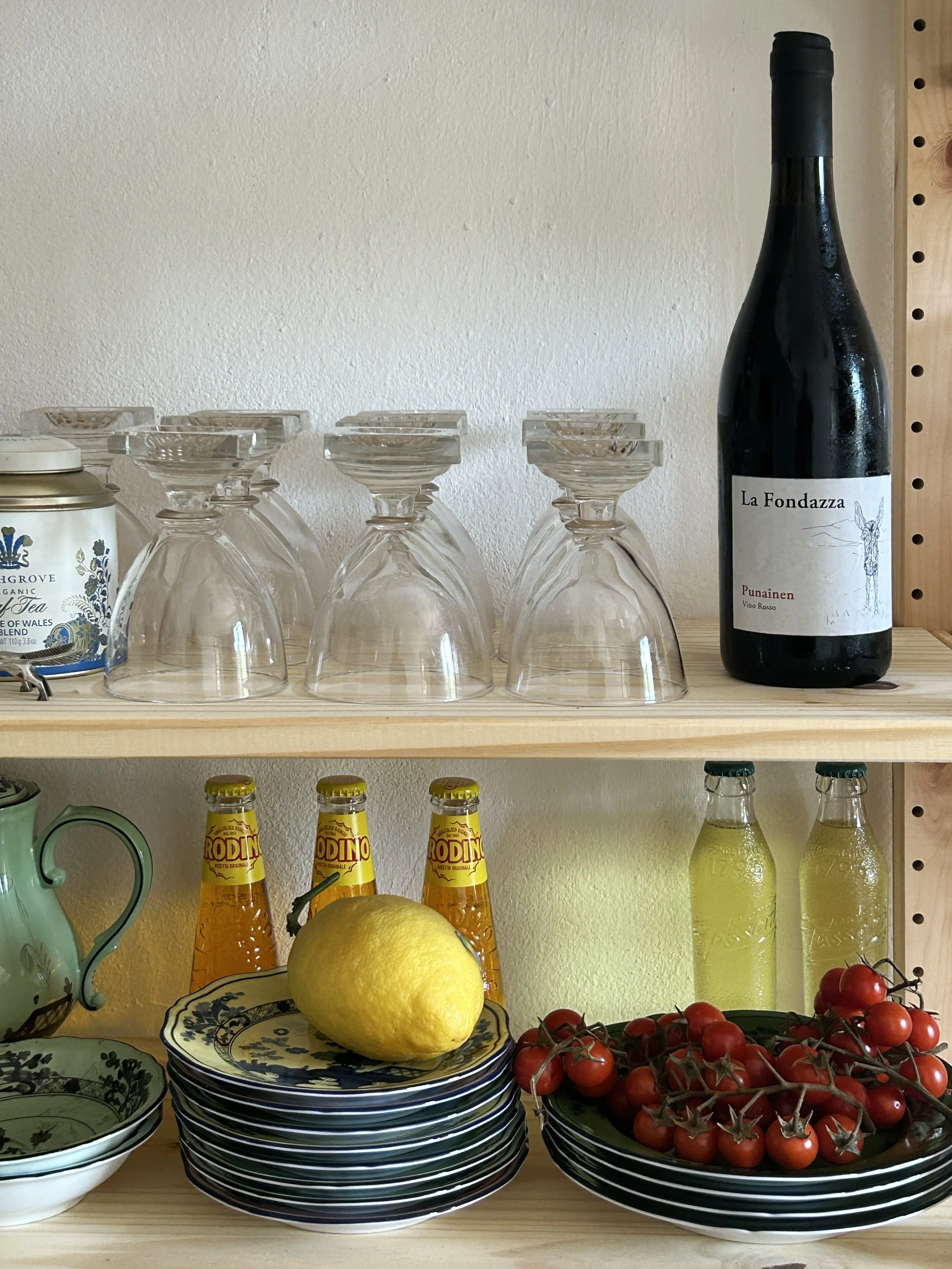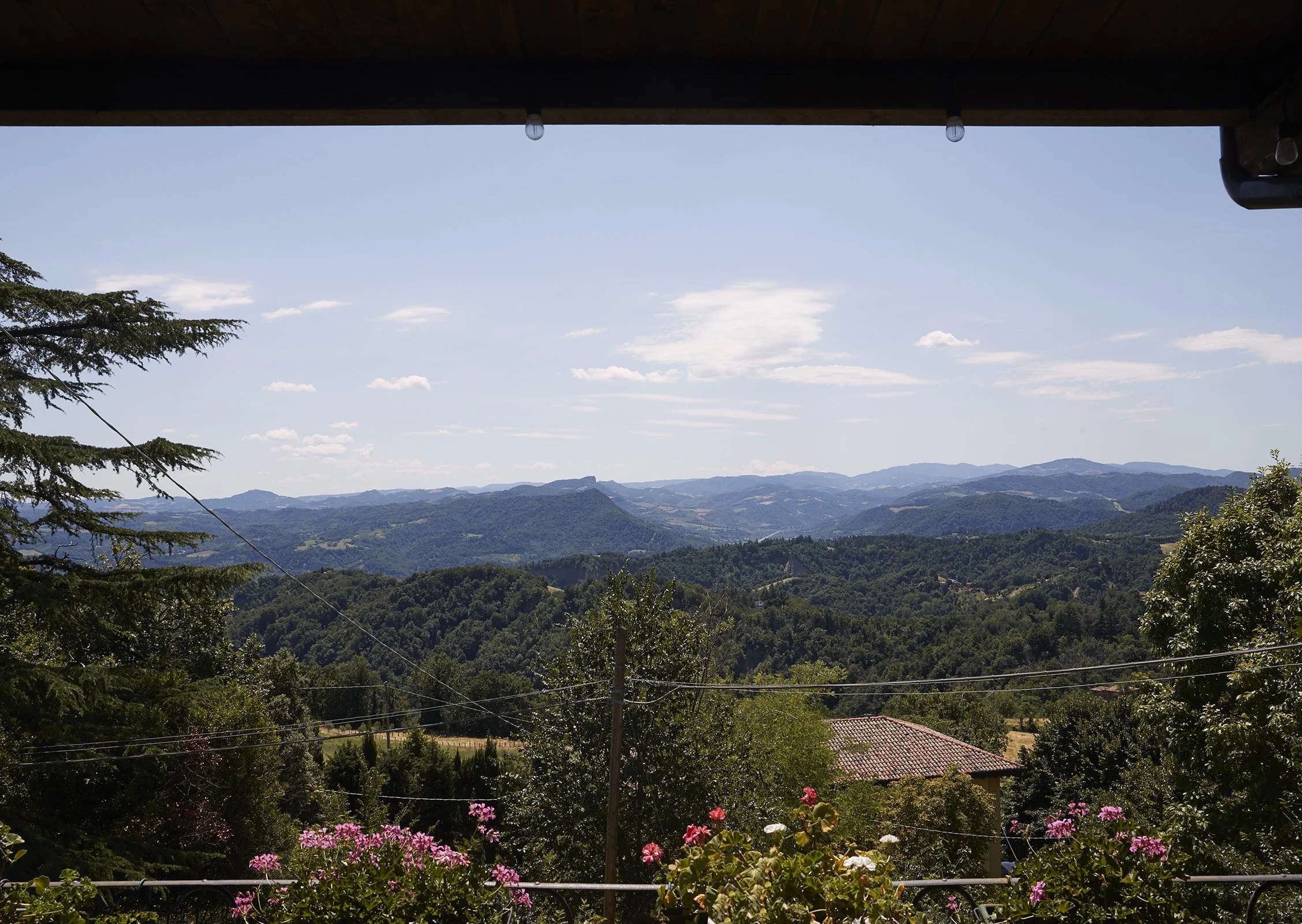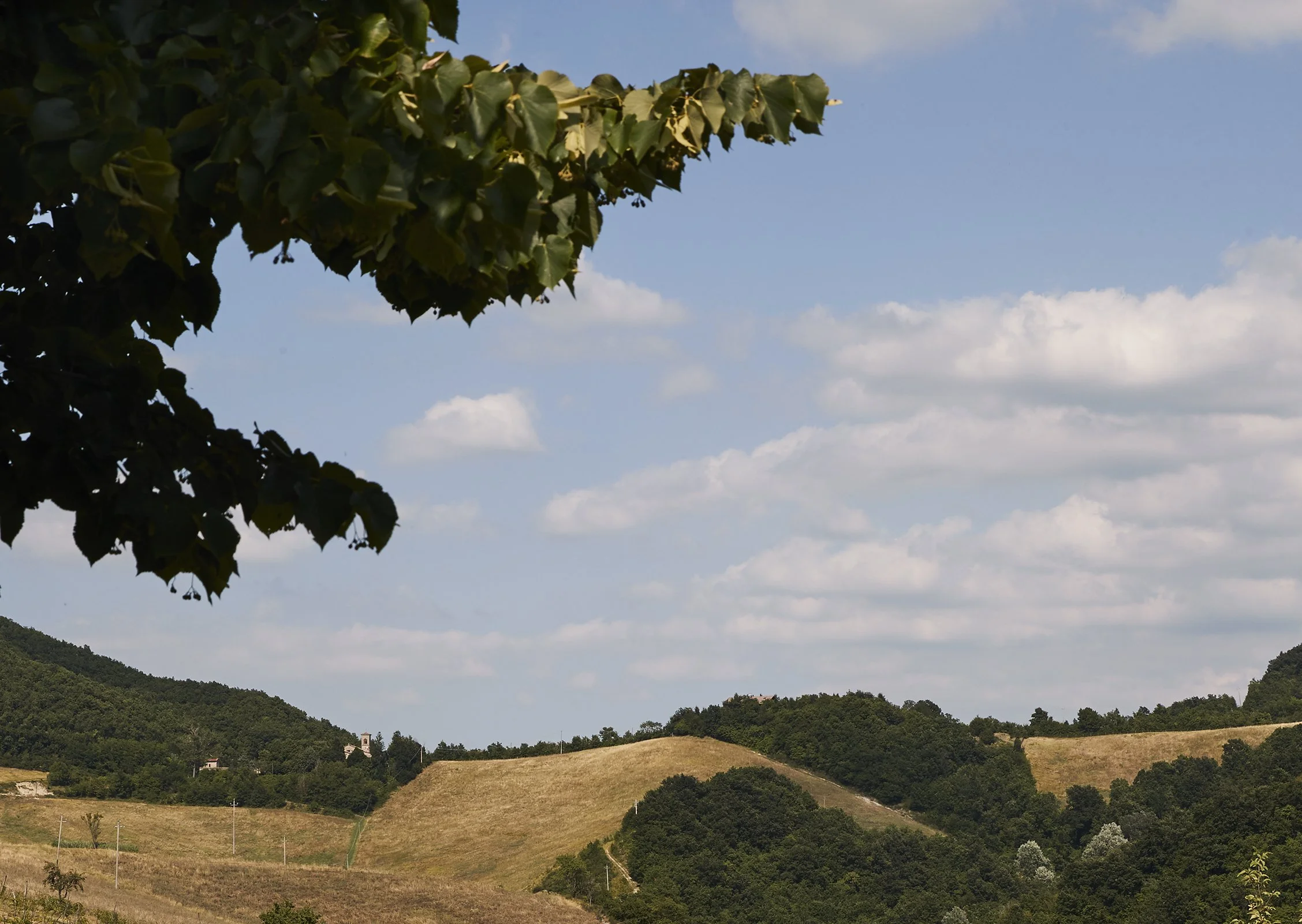Culinary Trend Rapport / Vegetarian Fine Dining and Local Vineyards
A widely discussed trend among younger people in Europe is that they are becoming increasingly conservative, especially compared to previous generations when they were the same age.
Personally, I’ve had a bit of a hard time understanding what this means – do they want a smaller government and to decrease taxes, or do they simply have a general fondness for quilted Barbour jackets and other paraphernalia associated with the British countryside? Or is it that in a time of geopolitical turbulence, they’re seeking the kind of stability generally associated with the nuclear family?
Regardless, this trend is also noticeable in people's culinary habits.
In the past two, three decades, keeping a plant-based diet became increasingly common, but during the last couple of years, meat has replaced kale as the most fashionable meal ingredient, at least in some social circles.
Former vegan and vegetarian influencers now proudly (!) eat meat in their social media channel, and red meat and blood have become a way to reinforce masculinity in certain online subcultures in the so-called “manosphere”..
However, the Michelin Guide believes that the opposite is true, and that we in the summer of 2025 find it easier than ever to find vegetarian fine-dining options. To prove their point, they reference Plates in London, Ark in Copenhagen and Aichémille in Alsace (because as taught in any journalism school, three is a trend). And perhaps they have a point; I remember how a few years ago when I was unable to book a table at San Sebastian’s Martin Berasategui Restaurant(which has three Michelin stars). At that time, you couldn’t go there as a vegetarian. But recently, they’ve had a change of heart and now they also offer completely plant-based menus.
Could it be that trends are moving in different directions in different parts of the culinary world? That younger people, who often communicate their lifestyles on social media, are eating more meat, while older connoisseurs are increasingly opting out of supporting the meat industry? Could meat have a certain symbolic value for young conservatives, while vegetarianism is instead appealing to middle-aged (and older) progressives?
Another trend, closely related to the question of meat versus plant-based, is the global decline in wine consumption. In the same article as the one cited above, the Michelin Guide states that China is abandoning European wine in favour of the more traditional Chinese tea, but that seems strange since wine was introduced to China as early as 400 BC. By coincidence, I’m currently reading Water Margin, a Chinese classic from the Ming Dynasty Era, and the book is full of stories where the wine flows freely.
What also stands out in the book is the generosity shown by many of its characters, if someone gives another person a compliment, say for a beautiful chair in someone’s home or piece of clothing that someone is wearing, the item is given as a gift. It’s a very inspiring practice, but I digress…
The article is correct in the fact that wine is no longer consumed in the same quantities as before. In 2024, consumption fell by 3.3 percent, which is a third consecutive decline, to the lowest level since 1960 (according to estimates by the International Organisation of Food and Wine).
Ongoing inflation may be a contributing factor, but there’s also a long-term decrease in consumption in several mature markets, linked to shifting social habits and generational chargers in consumer behaviour.
The latter can be explained by the fact that younger people often socialize digitally, which is rarely combined with wine drinking, but also by the fact that they prefer take various forms of drugs to drinking wine.
Wine consumption in the United States, the world’s biggest wine market, fell 5.8% to 33.3 million hl, while the volumes consumed in France fell 3.6% to 23 million hl. Italy, Spain and Portugal bucked the global trend, with stable or slightly increased consumption in 2024. Global wine production fell 4.8 percent to 225.8 million hl, which marks the second year of slumping in volumes, after wine output already fell 10 percent in 2023.
France was the single biggest contributor to last year's decline in volume, with wine production falling 24% to 36.1 million hl. Italy increased output 15% to 44.1 million hl, overtaking its neighbor as the world's biggest wine producer.
I’ve been on many wine-themed trips, to regions like Bourgogne, Alsace and Rioja. It’s educational to actually see the process of making wine, to understand wine as a vital industry in these areas, integrated with the local culture.
The finished product is the result of the interconnection between the natural environment and cultural aspects, developed over centuries, even millennia. But I’ve also noticed the sudden increase in the price of wines from the more prestigious regions, like Bordeaux and Champagne. This has made me interested in exploring less famous regions, like the one we moved to last year, on the border between Emilia Romagna and Tuscany, just south of Bologna.
While consumption of industrially produced wine is decreasing, the market for natural wine is, in fact, growing: The organic wine market is said to triple by 2030.
Below, we’ve listed a few of my local, organic favourites in the area just south of Bologna.
Pignoletto is the grape most associated with the area. It’s a white grape used to produce the wine of the same name. Pignoletto Classico (still) is produced in the sub-area of the Bologna hills, where the cultivation of this variety is more traditional. Here, the variations in light and shade, heat and coolness exalt the organoleptic features of this fresh wine. Pignoletto Classico has obtained the DOCG certification*in 2011 (but we almost always drink the frizzante version). In my small town Grizzana we have our own vineyard, Punainen, which makes a dry and clear Pignoletto frizzante.
We also enjoy Punainen’s red, La Fondazza If you’re wondering about the donkey portrayed on the wine label, his name is Alredo and he once bit me in my thigh, which I was told was a sign of benevolence and good luck.
Closer to Bologna (from us in Grizzana), in the hills above Sasso Marconi, lies Caccianemici, a biodynamic winery well known in hipster circles.
Their Rosso is found in natural wine bars around the world, a fresh and clean wine (if that description makes sense), perfect both as an aperitif or with food. It’s made from a blend of all the estate’s vintage red wines, predominantly Barbera.
The winter and spring maturation takes place in steel tanks, and bottling takes place before summer. No chemicals are used on the grapes or must, while only low doses of sulfites are added to the wine.
I'm also very fond of their Ruggia, made from a mixture of varying quantities of our white grapes (such as Pinot Bianc, Pinot Grigio, Picolit), with spontaneous fermentation of free-run juice from pressing and grape pieces, followed by aging in stainless steel. Needless to say, this wine undergoes no chemical treatment, is unfiltered and has no added sulfur dioxide. It’s perfect with oysters on a hot summer afternoon.
The views of the surrounding countryside are incredible, and every time we visit the vineyard I am humbled by the fact that we actually live here, in this beautiful environment. I’m genuinely surprised it’s not completely overrun by tourists but in fact, it’s the opposite – a truly authentic region, part of Italy’s culinary centre and with great wine producers, complete with amazing scenery.
If you are interested in visiting the winery you can also take the opportunity to visit their neighbour, Fattorie di Montechiaro, which is literally just a stone's throw away, complete with an excellent restaurant.
Marzabotto is a name with very strong and disturbing connotations, the scene of the Marzabotto massacre (sometimes called the massacre of Monte Sole), a war crime consisting of the mass murder of civilians by Nazi troops. It was the largest massacre of civlians committed by the Waffen SS in western Europe during the war, and is the deadliest mass shooting in the history of Italy.
Today, it’s a quaint and sleepy town, and in its outskirts, on the hillside of Monte Sole, you find Tenuta Folesano, making wine in the tradition of the Etruscans and Romans who once worked these fields.
Their most prestigious wine is Raggi, a complex red wine, but we also enjoy Balanzone, a heavy red wine that comes in a bottle of Etruscan design.





